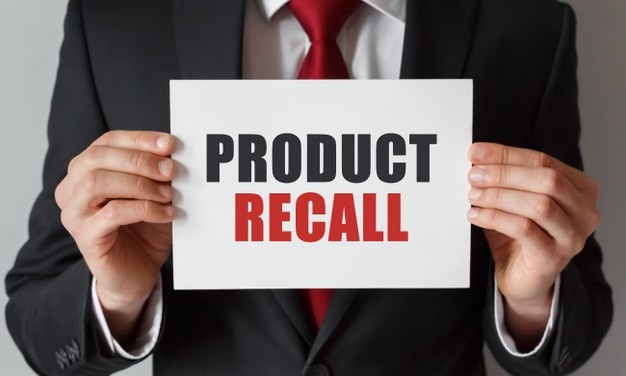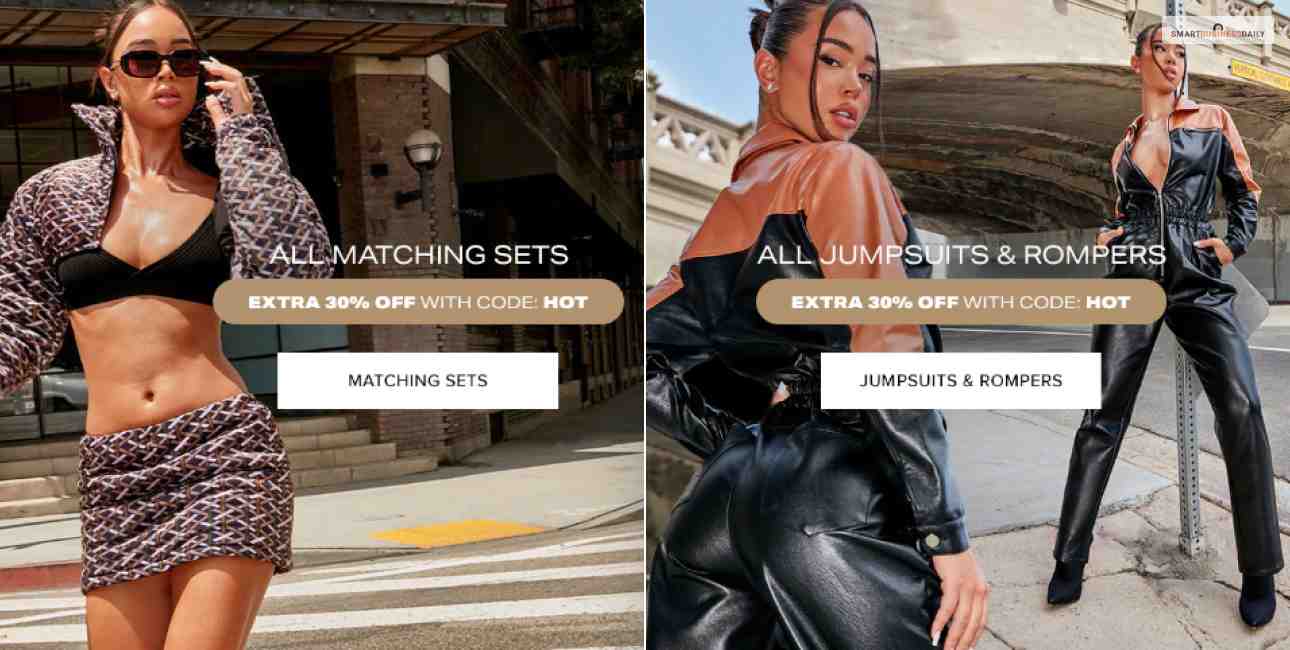Product Liability: What it Means For Your Business
5 Mins Read
Published on: 21 January 2021
Last Updated on: 20 December 2024

Product liability is a bit talking point in the US for businesses. According to US law, if a customer is injured by a product or using a product, they may pursue a claim against the business owner for damages.
It’s not just business owners though, in the USA, claims can be taken against anyone in the supply chain of that product if there is reasonable cause for concern and responsibility needs to be taken for an injury caused.
If you sell any products as part of your business, even if it’s product parts to another business to make products, you could be held responsible if a user is injured.
Understanding Product Liability
Back in the US, around 11.7 million people ended up in the emergency room due to product failure. This alarming figure shows the extent of the product liability cases that need to be addressed. But what is product liability?
Product liability is a legal responsibility that manufacturers and sellers have when their faulty product grievously injures or hurts an individual. Product liability is a legal responsibility that no company can avoid.
As per law, companies need to take full responsibility if their product harms an individual without any form of mishandling. Therefore, there are several layers of the subject. Layers that need to be understood before being exploited.
Howevevr, one thing that everyone needs to know is that product liability comes with clauses. Here are some of the provisions that plaintiffs need to demonstrate before they can get their product liability case heard.
- The product was defective beforehand, and it was not tampered with in any way.
- The product was used in the way it was initially intended.
- The victim must sustain physical damage due to the product. Damages or injuries that can be physically assessed.
- The compensation needs to be decided according to the damage.
Therefore, a plaintiff needs to present all this evidence before the case can get to higher courts. Failure to do so will result in dismissal of the case.
What Could You Be Liable For?
There are three main areas that a judge will look at when it comes to a liability claim, and professionals like Brown and Crouppen Law Firm will be able to put a case together that could quite possibly span all three areas to make a claim stronger.
Negligence
Negligence comes under the definition of ‘reasonable care’. Did everyone in the supply chain take reasonable care while manufacturing the parts of the product (or sourcing the parts for the product) to ensure that the part or product is safe? A risk assessment and paper trail of trials is important here.
Breach of Warranty
A breach of warranty is fairly straightforward. The injured party would need to claim that the defective product breached the expected (or promised) usability warranty. The product wasn’t fit for the purpose in which it was sold.
Strict Liability
Strict liability is similar to negligence in that the injured party must prove that the product was defective, but the difference here is that they must prove the product was unreasonably dangerously defective.
Examples of Product Liability Issues
Throughout history, there have been many examples of products that were sold to consumers that ended up in damages and injuries, and the issues have been traced back through the supply chain.
One particularly famous and sad case was Victorian baby feeding bottles that received the nickname “Murder Bottles” because of their high infant mortality associations in the late 1800s.
The bottle’s design, a glass bottle with a porous rubber tube and nipple for the baby to drink from, and the advice given by leading ‘experts’ of the time meant that there was no way to ensure that the infant bottles were sterile.
This deadly design led to the bottled becoming a breeding ground for bacteria and causing devastating food poisoning cases that killed many infants.
Liability, in this case, was down to both the manufacturer and the advice of the product sellers not to clean the bottles properly (although we now know there was no way to thoroughly clean them due to their porous material).
Thankfully cases such as that are quite rare these days, but there are still plenty of products on the market that have defective parts that will be deadly for some users, and it’s up to everyone in the supply chain to make sure these parts are not dangerous.
Compensation For Product Liability Claims
Whenever the conversation turns toward liabilities, the subtopic of claims comes along. In case of product liability, plaintiffs can file a lawsuit. Along with the lawsuit, the individual also needs to present proof or evidence in the form of medical bills, financial loss, etc.
The claim must support the damages. The plaintiff cannot just ask for money or compensation baselessly. In other words, you simply cannot ask for one million USD if you cut yourself while using a blender due to mishandling.
That is not how the process works. Therefore, the claim needs to complement the injury. Otherwise, the case would be dismissed, and a counter-lawsuit can be filed against your name.
Resolving Product Liability Claim
In most cases, product liabilities are solved with the help of compensation and legal aid. As a plaintiff, your primary aim is to seek compensation per the damage caused.
However, you need to make sure that your legal aid comes into agreement with the other party. This can be done with a meeting or an out-of-court settlement.
However, things are complicated when the lawsuit becomes a class-action lawsuit. In a class action lawsuit, the accused needs to do much more than just present compensation.
In case of a class-action lawsuit, the accused needs to come up with a more robust compensation package and media bytes. Therefore, largely complicating the overall matter.
The Final Thought
In the end, this is all you need to know about product liability. If you are a victim of product liability, you can seek compensation or something more.
Therefore, make sure that you have all the necessary details before going ahead with your decision.
Thank you, and have a great day ahead.
Read Also:


















Comments Are Closed For This Article